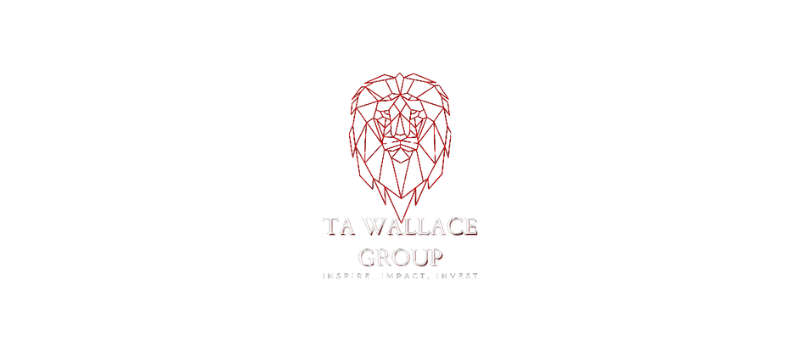10 Proven Strategies to Close the Achievement Gap in Schools

Closing the achievement gap in schools remains one of the most pressing challenges for educators and policymakers. For many students, the gap is not a reflection of their abilities, but rather systemic inequalities and barriers that hinder their opportunities for success. By addressing these disparities with intentionality and proven strategies, schools can create a level playing field for all learners. Below, we’ll explore 10 actionable approaches that can help bridge this gap to ensure every child has the chance to thrive. What Is the Achievement Gap? Before diving into strategies, it’s essential to understand what the achievement gap is. It’s the persistent disparity in academic performance, typically measured by standardized test scores, graduation rates, and college readiness, between groups of students. These groups are often defined by socioeconomic status, race, ethnicity, language proficiency, or special education status. The good news? With the right tools, schools can begin to dismantle these barriers. The strategies below aren’t just theoretical solutions; they’re real-world practices that are already making a difference. 1. Foster Strong Relationships Between Students and Educators The power of relationships cannot be overstated. When students feel seen, valued, and supported by their teachers, their motivation and confidence can skyrocket. Programs like Check & Connect, which pairs mentors with students at risk of disengagement, have successfully improved both attendance and academic outcomes. How to Implement: Why It Works: A Harvard study found that strong student-teacher relationships can increase students’ likelihood of achieving their academic potential by up to 30%. 2. Provide Access to Rigorous Curriculum for All Students Far too often, students from marginalized backgrounds are underrepresented in advanced placement (AP) or honors courses. Ensuring equitable access to these opportunities is essential for narrowing the gap. Actionable Steps: Real-World Impact: Schools that have expanded AP offerings to underrepresented students report increases in college enrollment and achievement rates. 3. Focus on Early Childhood Education The achievement gap begins long before students enter elementary school. Investing in early literacy, numeracy, and social-emotional skills can set a strong foundation. What Schools Can Do: Consider This: Research from the National Institute for Early Education Research shows that high-quality preschool programs can close up to 40% of the school readiness gap. 4. Implement Data-Driven Instruction Teachers often feel overwhelmed when tasked with meeting the unique needs of each student. However, harnessing data can make this process far more effective. What It Entails: Effective Practice: Studies reveal that personalized data-driven strategies can improve struggling students’ performance by roughly 50% over a single academic year. 5. Promote Family and Community Engagement Family involvement is a game-changer in student achievement. Engaged families foster a sense of accountability, create a support system at home, and build bridges between the school and the community. Simple Ways to Engage Families: The Results: Schools that actively involve families see higher attendance rates, increased homework completion, and improved test scores across all demographics. 6. Address Socioeconomic Barriers Head-On It’s impossible to ignore the role of poverty in creating the achievement gap. Students from low-income families often face more significant hurdles, from food insecurity to limited access to technology. Solutions to Explore: The Community Eligibility Provision under the USDA has allowed entire districts to reduce hunger for disadvantaged students, leading to measurable academic gains. 7. Enhance Professional Development for Teachers Improving instruction is one of the most powerful ways to close the achievement gap. But for teachers to grow, schools must invest in meaningful professional development. Key Topics to Focus On: Did You Know? According to Learning Forward, teachers who engage in ongoing professional development are up to 21% more effective in boosting student outcomes. 8. Invest in Social-Emotional Learning (SEL) Give students the tools they need to manage their emotions, resolve conflicts, and work collaboratively. SEL creates classrooms where students feel safe, supported, and ready to learn. Implementing SEL: Proven Impact: When schools implement comprehensive SEL programs, they see a remarkable 11% increase in academic performance. 9. Integrate Technology Strategically Rather than seeing technology as a luxury, schools can adopt it as an equalizer. When used thoughtfully, tech tools can offer personalized learning experiences and increase access to high-quality resources. How Tech Bridges the Gap: Example: The 1 Million Project Foundation has provided internet access to more than 500,000 students, enabling them to complete homework and thrive academically. 10. Celebrate Every Student’s Strengths and Achievements Lastly, shift the narrative around the achievement gap. Instead of focusing solely on deficiencies, highlight students’ unique talents and potential. Practical Steps: By affirming students’ abilities, schools cultivate a culture of hope, resilience, and growth. Addressing FAQs About the Achievement Gap Q1: What role does teacher bias play in the achievement gap?A: Implicit bias can lead to lower expectations for certain groups of students. Addressing this through anti-bias training helps teachers set equally high standards for all learners. Q2: Can technology alone close the achievement gap?A: No, but it’s a critical tool in ensuring equitable access to personalized learning opportunities. Q3: How can schools address language barriers?A: Hiring bilingual staff, offering ESL programs, and providing translated materials for families can make a significant difference. Q4: What is “collective efficacy,” and why does it matter?A: Collective efficacy is the belief among educators that they can positively impact student outcomes. Schools with high collective efficacy often see better academic results. Q5: Is it possible to completely close the achievement gap?A: While eliminating all disparities is ideal, the focus should remain on closing gaps wherever possible through equitable practices. The Path Forward Closing the achievement gap isn’t just about academics; it’s about justice and creating a society where every child has a fair shot at success. The strategies outlined above aren’t quick fixes but thoughtful, research-based approaches to fostering equity in education. For educators, policymakers, and communities, the goal is simple yet ambitious—to ensure that every student, regardless of their background, can unlock their full potential. By taking action today, we offer students the promise of a brighter tomorrow.

